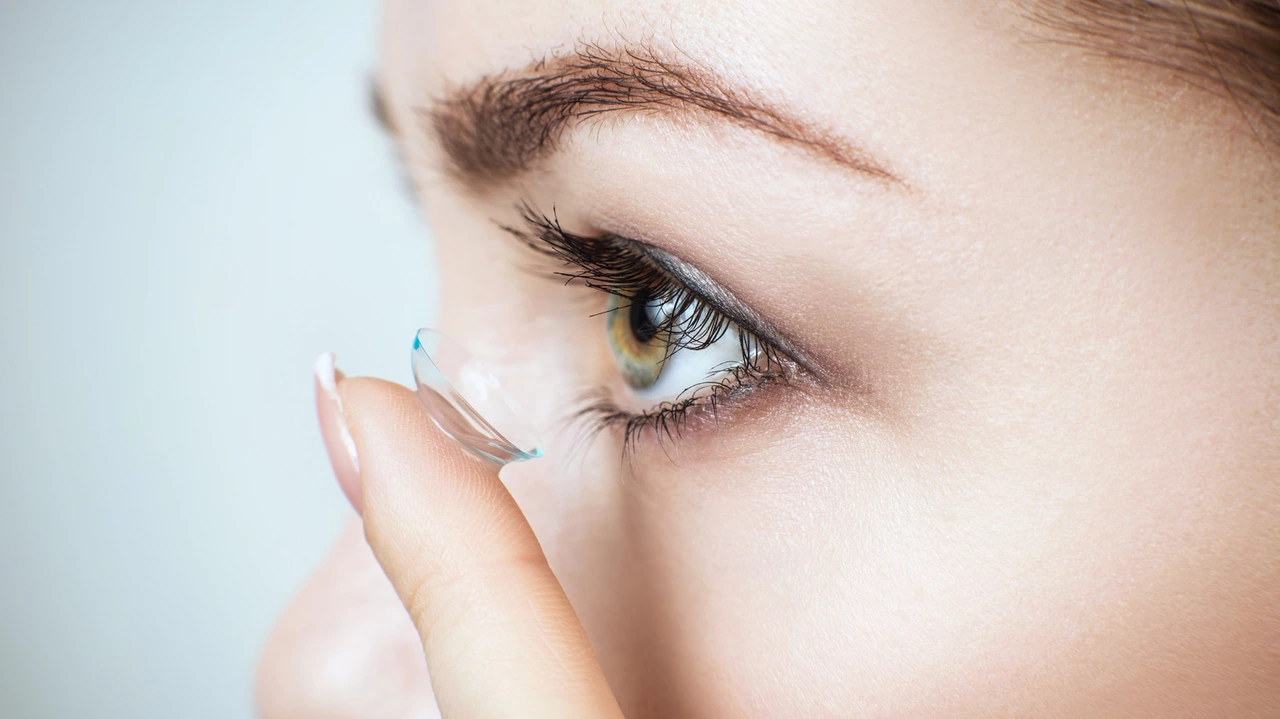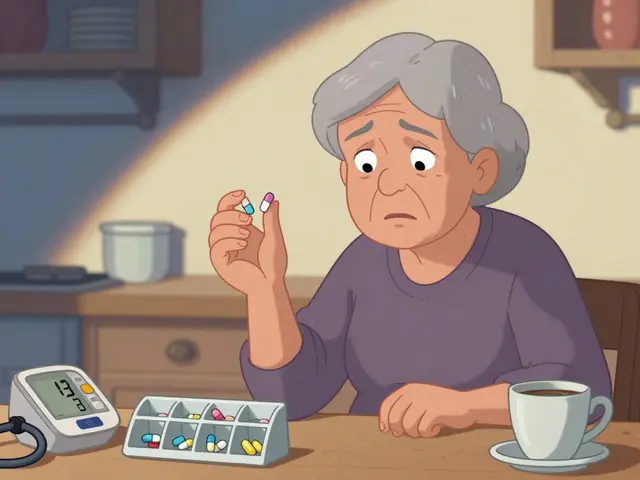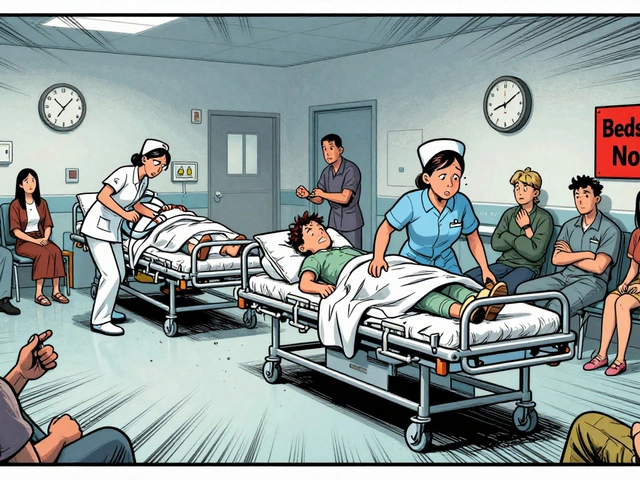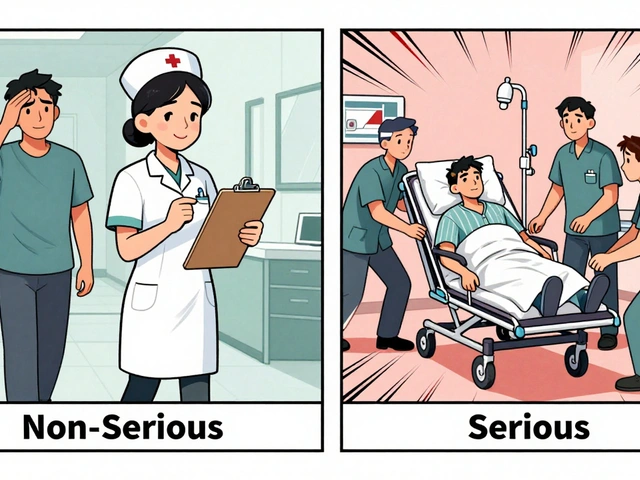Allergic conjunctivitis: quick help and smart prevention
Allergic conjunctivitis is red, itchy eyes caused by an allergic reaction. Pollen, dust mites, pet dander, mold and even eye drops can trigger it. The eye’s surface gets inflamed when your immune system overreacts to harmless particles. You’ll notice itching, watering, redness, a gritty feeling, and sometimes stringy discharge.
Start with simple steps at home. Rinse your eyes with clean water or sterile saline to flush out allergens. Use cool compresses for 10–15 minutes to reduce swelling and itching. Over-the-counter artificial tears dilute allergens and ease irritation—choose preservative-free drops if you use them often. Avoid rubbing; it feels good but makes inflammation worse.
Effective over-the-counter options
Antihistamine eye drops work fast for itching. Look for drops labeled antihistamine or dual-action (antihistamine plus mast-cell stabilizer) for longer relief. Oral antihistamines can help if you have other allergy symptoms like sneezing or a runny nose. For contact lens wearers, remove lenses until symptoms clear and switch to glasses for a day or two.
Treatment when OTC isn’t enough
If symptoms persist or eyes stay painful, see a healthcare provider. They may prescribe stronger antihistamine drops, mast-cell stabilizers, or a short course of topical steroid drops to break severe inflammation. For chronic or seasonal cases, doctors sometimes suggest allergy shots (immunotherapy) or combining eye drops with nasal steroid sprays. Always follow instructions for steroid drops—they can raise eye pressure if misused.
Prevention matters. Check pollen forecasts and keep windows closed during high pollen days. Use high-efficiency filters in your HVAC system and vacuum with a HEPA filter. Wash hands and face after outdoor activities and keep pets out of bedrooms if pet dander is a trigger. Replace old pillows and wash bedding weekly in hot water to cut dust mite exposure.
Special situations need attention. Newborns, people with severe eye pain, sudden vision changes, light sensitivity, or a lot of discharge should get immediate care—these signs might mean infection or other serious problems. If you wear soft contact lenses and keep getting conjunctivitis, consider switching lens types or using daily disposables after talking with your eye doctor.
Short, practical checklist: 1) Flush eyes, 2) Use cool compresses, 3) Try preservative-free artificial tears, 4) Use OTC antihistamine drops or oral antihistamines, 5) See a doctor for persistent or severe symptoms. Follow-up matters—if treatment helps but symptoms return often, ask about allergy testing to target causes and reduce future flare-ups.
Many people control allergic conjunctivitis with basic steps and the right drops. If in doubt, get a professional evaluation—better to treat early than risk complications.
Pregnant or breastfeeding? Talk to your doctor before starting oral antihistamines or prescription eye drops; many options are safe but need medical advice. For kids, use pediatric-formulated drops and avoid giving adult medicines without guidance. If you get seasonal flare-ups every year, ask about allergy testing to identify exact triggers—knowing the cause makes prevention easier. Small changes like allergen-proof pillow covers, keeping indoor humidity under 50%, and showering after being outdoors cut exposures and reduce how often you get symptomatic. Keep a symptom diary to track patterns daily.

Allergic conjunctivitis and contact lenses: Tips for wearers
As a contact lens wearer, I know how frustrating allergic conjunctivitis can be. To minimize the discomfort, it's essential to maintain proper lens hygiene, such as cleaning and replacing lenses regularly. It's also a good idea to avoid allergens, like pollen and pet dander, whenever possible. Switching to daily disposable lenses can be helpful, as they reduce the chances of allergen buildup. Finally, don't hesitate to consult your eye doctor if symptoms persist, as they may recommend alternative lens materials or allergy eye drops.
View More




